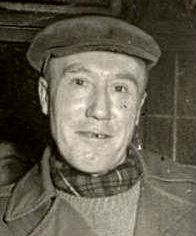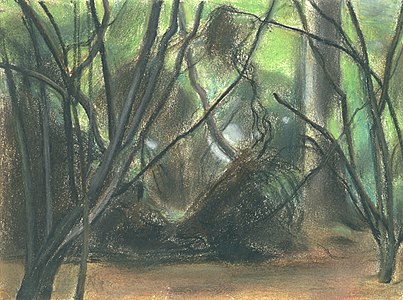
John Trumbull was an American artist of the early independence period, notable for his historical paintings of the American Revolutionary War, of which he was a veteran. He has been called the "Painter of the Revolution".
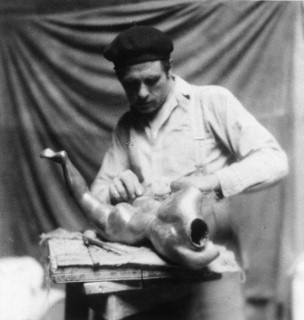
George Claude Leon Underwood was a British artist, although primarily known as a sculptor, printmaker and painter, he was also an influential teacher and promotor of African art. His travels in Mexico and West Africa had a substantial influence on his art, particularly on the representation of the human figure in his sculptures and paintings. Underwood is best known for his sculptures cast in bronze, carvings in marble, stone and wood and his drawings. His lifetime's work includes a wide range of media and activities, with an expressive and technical mastery. Underwood did not hold modernism and abstraction in art in high regard and this led to critics often ignoring his work until the 1960s when he came to be viewed as an important figure in the development of modern sculpture in Britain.

A war artist is an artist either commissioned by a government or publication, or self-motivated, to document first-hand experience of war in any form of illustrative or depictive record. War artists explore the visual and sensory dimensions of war, often absent in written histories or other accounts of warfare.

Major Sir William Newenham Montague Orpen, was an Irish artist who worked mainly in London. Orpen was a fine draughtsman and a popular, commercially successful painter of portraits for the well-to-do in Edwardian society, though many of his most striking paintings are self-portraits.
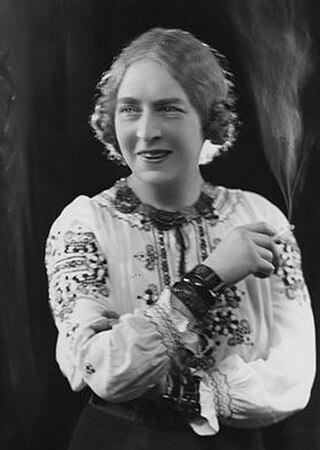
Dame Laura Knight was an English artist who worked in oils, watercolours, etching, engraving and drypoint. Knight was a painter in the figurative, realist tradition, who embraced English Impressionism. In her long career, Knight was among the most successful and popular painters in Britain. Her success in the male-dominated British art establishment paved the way for greater status and recognition for women artists.
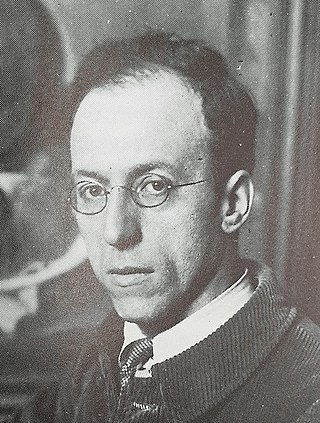
Bernard Meninsky was a British painter of figures and landscapes in oils, watercolour and gouache, a draughtsman and a teacher.

Leigh Hobbs is an Australian artist and author. He is best known in Australia and the United Kingdom for the humorous children's books which he has written and illustrated, although he has produced works across a wide range of mediums. His books principally feature the characters Old Tom, Horrible Harriet, Fiona the Pig, Mr Badger and Mr Chicken, and characters from the 4F for FREAKS books. He was the Australian Children's Laureate for 2016–17.
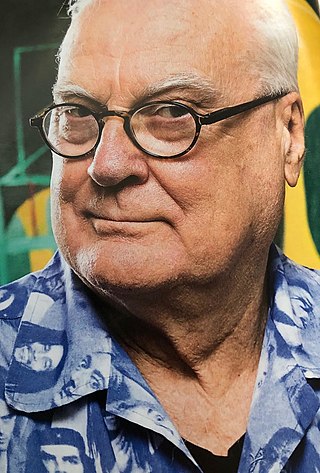
Gareth Sansom is an Australian artist, painter, printmaker and collagist and winner of the 2008 John McCaughey Memorial Prize of $100,000.
Jack Bridger Chalker, was a British artist and teacher best known for his work recording the lives of the prisoners of war building the Burma Railway during World War II.
Philip Meninsky was the son of Bernard Meninsky. Despite an early passion for art, at his father's wish, he initially trained as an accountant, before being called up for National Service.

Vaughan Murray Griffin was an Australian print maker and painter.

John Haslem (1808–1884), was an English china and enamel painter, and writer. He painted many portrait miniatures of Queen Victoria, the Royal Family and other nobility.
John George Mennie, A.R.M.S. D.A.(ABDN). ARMS., was a Scottish artist who came to public attention in 2011 for his many contemporaneous drawings of his life as a prisoner of war during the Japanese occupation of Singapore and Thailand in World War II. The drawings were made in secret depicting scenes of daily life and personalities in the camps in Singapore and Thailand, working on the Death railway. They also uniquely documented the Selarang Square Squeeze when some 17,000 prisoners were forced to crowd in the barracks square for nearly five days with little water and no sanitation until they signed a 'promise not to escape'.

Constance Stokes was an Australian modernist painter who worked in Victoria. She trained at the National Gallery of Victoria Art School until 1929, winning a scholarship to continue her study at London's Royal Academy of Arts. Although Stokes painted few works in the 1930s, her paintings and drawings were exhibited from the 1940s onwards. She was one of only two women, and two Victorians, included in a major exhibition of twelve Australian artists that travelled to Canada, the United Kingdom and Italy in the early 1950s.

Major Arthur Moon was an Australian army doctor who saved the lives of dozens of Far East prisoners of war as the Thailand-Burma Railway was being constructed during World War II.

Lina Bryans, was an Australian modernist painter.
Morris Kestelman was a British artist and teacher. Kestelman was a full-time art teacher and only began exhibiting on a regular basis towards the end of his life and is now best known for the paintings of working people and landscapes he produced during the 1940s and 1950s as well as his later abstract work.
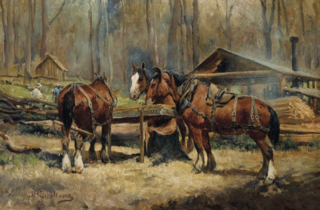
Jan Hendrik Scheltema, was a Dutch and later Australian painter who had a prolific, often strenuous, and arguably impressive career in Australia considering he was a non-British migrant artist without an international reputation on arrival. After working as a portrait painter in the Netherlands, he specialized in Australia as a livestock and landscape painter, making the livestock genre, particularly the foreground cattle genre, popular there. In Australia, he painted mainly in Victoria when living in Melbourne for almost 5 decades, even through its land boom depression of the 1890's, World War I and the Great Depression, where he also practiced as a painting and drawing teacher. He successfully lived off only his art and art teaching, at one stage owning a few houses, one of which he kept when retiring to Queensland.
Jessie LavingtonEvans (1860–1943) was an Australian artist who specialised in plein air impressionist painting.

Margery Pitt Withers was an Australian artist.
